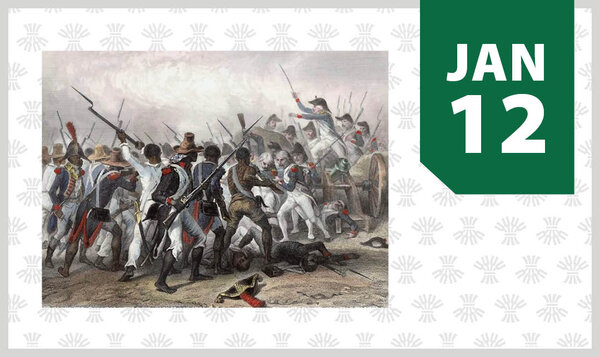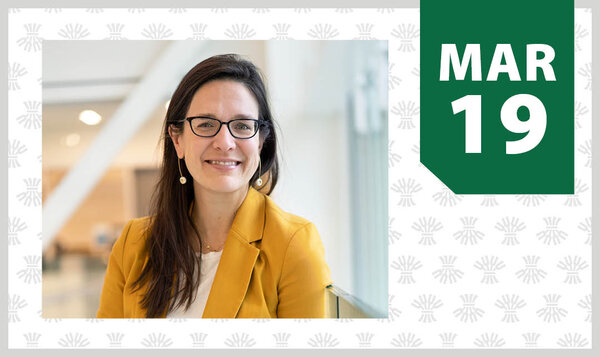
USask professor publishes first full-length ethnography on family life and HIV/AIDS in Canada
Dr. Pamela J. Downe (PhD) is the author of Collective Care: Indigenous Motherhood, Family, and HIV/AIDS
By Shannon Boklaschuk
While the global COVID-19 pandemic continues to dominate news headlines around the world, a University of Saskatchewan (USask) medical anthropologist is pointing out that people in this province have been living with another health crisis for years: HIV/AIDS.
“Since COVID-19 became central in our lives, so many colleagues, students, and friends have said, ‘This is our first pandemic.’ Well, no, it’s not. Saskatchewan has been hard hit by the HIV pandemic. We have had the highest rates in Canada for decades,” said Dr. Pamela J. Downe (PhD), the author of the new book Collective Care: Indigenous Motherhood, Family, and HIV/AIDS.
“When we were doing this research, Saskatchewan’s HIV rates were triple the national rates. The toll the pandemic has taken on families and communities has been unparalleled. But the people affected directly by HIV and its related conditions—hepatitis C, addiction, and chronic pain—are resolute in their commitment to collaborative and cooperative care.”
Numerous media reports have detailed how Saskatchewan’s Indigenous communities have been disproportionally impacted by HIV/AIDS, with the primary group of infections found in people who inject drugs. Downe’s new book, published in January 2021, offers an ethnographic account of urban Indigenous life and caregiving practices in the face of Saskatchewan’s HIV epidemic. It is based on a five-year study conducted in partnership with AIDS Saskatoon, now known as Prairie Harm Reduction (PHR).

The research, part of Downe’s career-long focus on infectious diseases and pandemics, was supported by two grants from the Canadian Institutes of Health Research (CIHR) as well as the national Network for Aboriginal Mental Health Research (NAMHR). Downe also worked with three USask co-investigators—Dr. Karen Lawson (Department of Psychology), Dr. Sylvia Abonyi (Department of Community Health and Epidemiology), and Dr. Jennifer Poudrier (Department of Sociology)—as well as three graduate students, three undergraduate students, and a 14-member Community Advisory Committee.
Downe, a professor in the Department of Archaeology and Anthropology in USask’s College of Arts and Science, described her new book as “a labour of love.” She said her respect for the staff at PHR—“who do Herculean work”—as well as the people who access their services (PWAS) has grown stronger and stronger since she first began her research.
“In the face of unrelenting ill health—made worse by the equally unrelenting racism, sexism, poverty, and ableism—the 53 PWAS at PHR who participated in this work embody a community mindedness that is not only inspiring, it is essential to individual health and collective well-being,” she said. “This is the first full-length ethnography of family life and HIV/AIDS in Canada. I wanted to write a book that honoured the participants’ experiences and strength.”
As an anthropologist, Downe—who was recently honoured with the College of Arts and Science’s Distinguished Scholar/Artist Research Award—employed an ethnographic approach to her work. Ethnography involves engaging in people’s daily and local experiences over a long period of time as well as understanding patterns of behaviour, systems of meanings, and shared worldviews that inform collective identities and community dynamics.
“Ethnography relies primarily on multiple one-on-one interviews with participants as well as ongoing participant observation. This project also involved a photovoice component, where participants took pictures of the people, places, and things that represent what it means to be a mother or father affected by HIV/AIDS,” she said. “We also did a program-access review that catalogued participants’ experiences with social and health services. Ethnography ultimately allows for a methodologically rigorous and experience-near understanding of lived realities of a particular community.”
Downe noted that women who are mothers and who are diagnosed with HIV are often subjected to intense scrutiny. This scrutiny is heightened when the women are also living with addiction or have a history of drug use.
“The policies that allow for and require this scrutiny—by health-care practitioners and social service workers, among others—are based on culturally-specific models of motherhood and family structure. There is an over-emphasis on intensive mothering—individualized, privatized, and child-centred—that has its roots in Euro-Canadian settler history rather than on the collective, public, and shared care that marks the history of the Indigenous communities represented in this work,” she said.
Downe said there are several key messages in her book, and the first is one that applies to our current COVID-19 context. Health crises—including pandemics such as HIV/AIDS and COVID-19—do not unfold in a singular or isolated way; rather, they are connected to other conditions.
“In the case of HIV, these connections go far beyond comorbidity. They constitute what anthropologists call a syndemic: conditions that are interrelated in ways that significantly exacerbate suffering. Syndemic connections are multiplicative, not additive,” she said.
“The HIV epidemic in Saskatchewan is a syndemic in that HIV/AIDS, hepatitis C, addiction, poverty, and chronic pain are entangled. Each individual condition is made demonstrably worse by the others. Talking about HIV, therefore, necessitates conversations about housing, violence, and injection drug use. It requires understandings of social inequities and the forces that solidify those inequities. Mapping these interconnections is a critically important task to undertake in order to provide meaningful services to those who need them most.”
The second key message in the book is that caregiving is culturally diverse; as Downe notes, “there is no naturalized template for kin-care or structure,” and the expectations of individualized family care grounded in Euro-Canadian settler society “are ill-suited and wrongly imposed on Indigenous families where motherhood and fatherhood are undertaken collectively.”
“The Cree concept of kikosewin—being with family—grounds the analysis of this in the book. Understanding caregiving as a process that unfolds on a broad cultural landscape means that a book about HIV-affected mothering must include discussions of fathering, grandparenting, and other aspects of kin-care,” she said.
The third key message is that both loss and love are central to experiences of motherhood and fatherhood in the Indigenized context of HIV/AIDS. For example, many of the participants in Downe’s research experienced having their children removed from their care by Child and Family Services.
“The book explores the predominant dimensions of loss that the participants experienced: feelings of fear and deprivation, assessments of deficiency, and the pain of privation,” she said. “Loss is countered, however, by the participants’ strong and consistent expressions of love for their families, including their AIDS Saskatoon family.”
As Downe was writing the manuscript, she also experienced her own personal loss when her mother passed away. During her time of grief, she found strength and inspiration as she relistened to recordings of the research participants’ voices.
“My mom’s decline and passing connected me anew to the stories of grief, despair, strength, and hope that the participants had shared years before, stories that I was weaving together in the book. I had developed a strong and caring rapport with the participants as the project was ongoing, but hearing their voices again engendered an emotional connection that tied my grief to theirs in ways that I hadn’t expected. Their stories became personally inspiring to me,” said Downe.
“It really feels rewarding and humbling to publish a book that represents participants’ engagement, staff members’ trust, and a shared commitment to addressing the HIV pandemic. I’m so grateful to everyone who participated in this work and supported the project,” she said.


